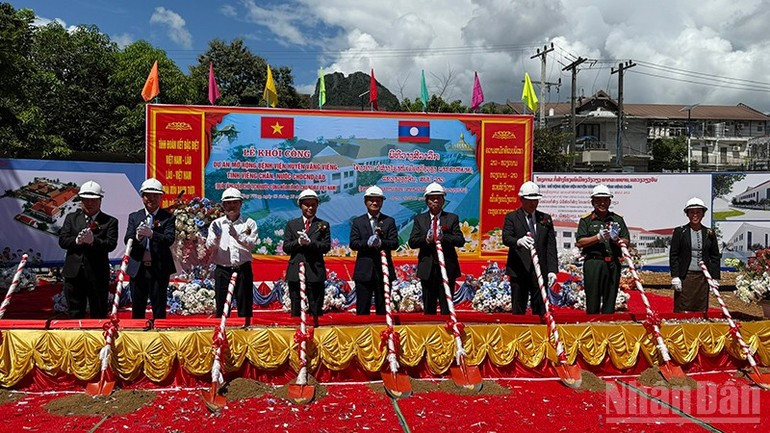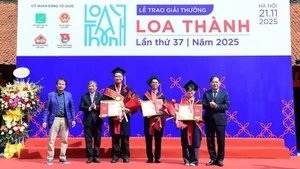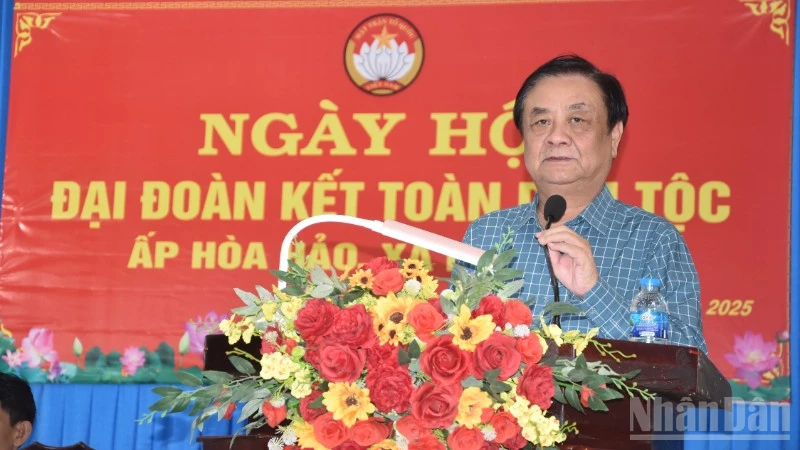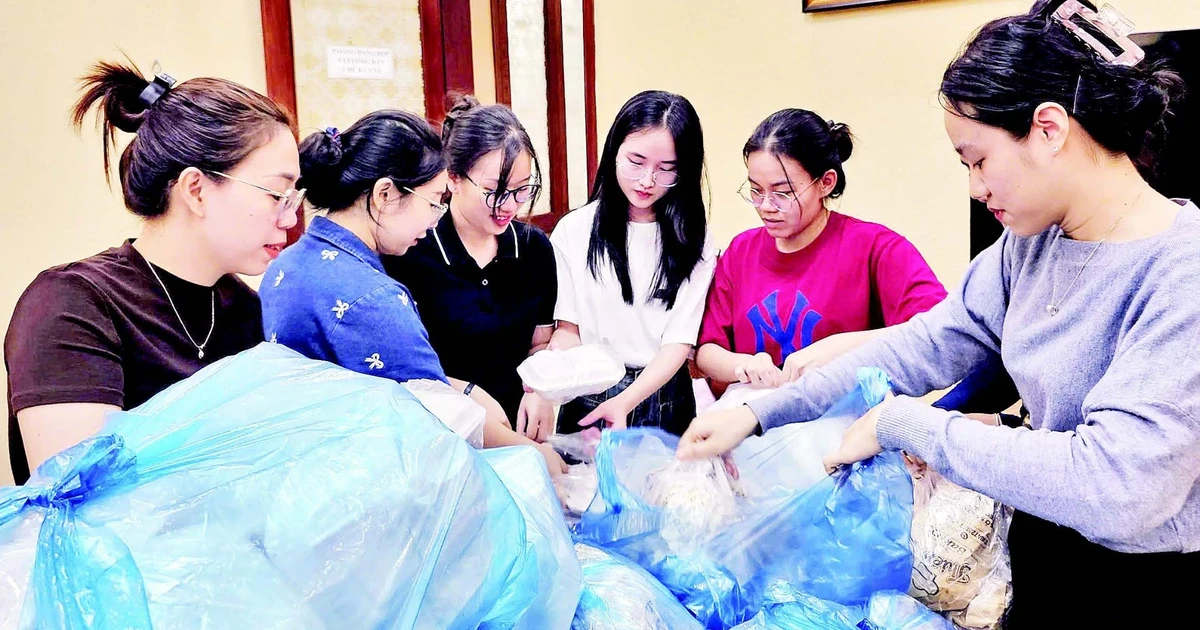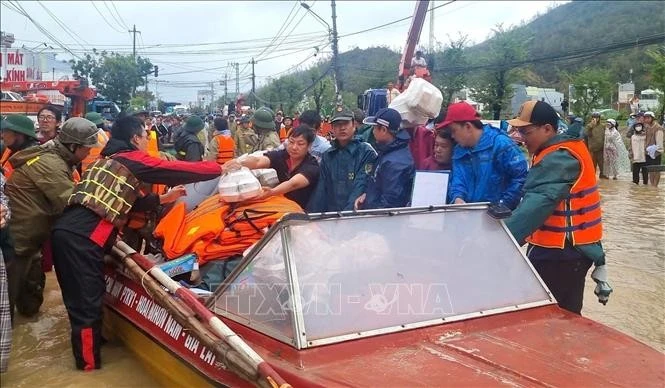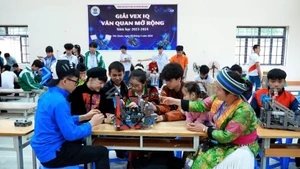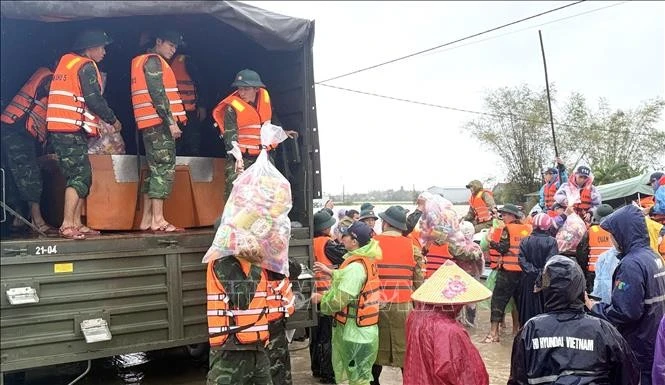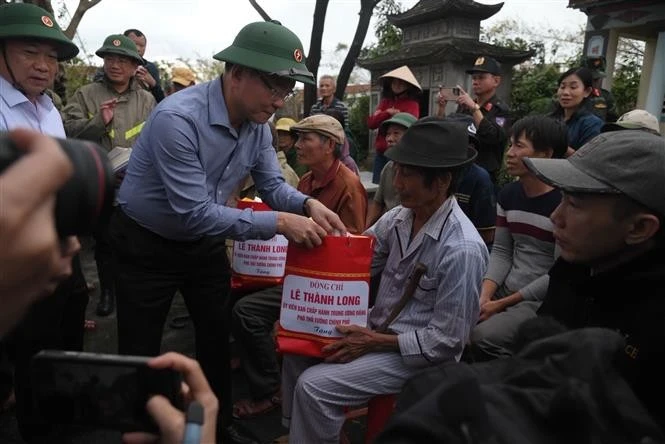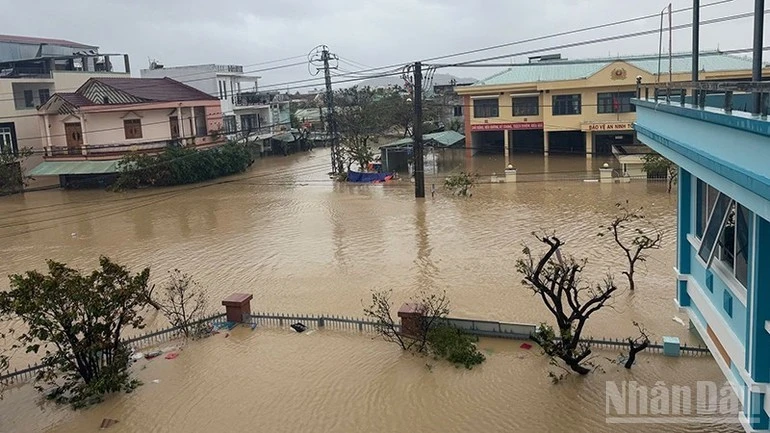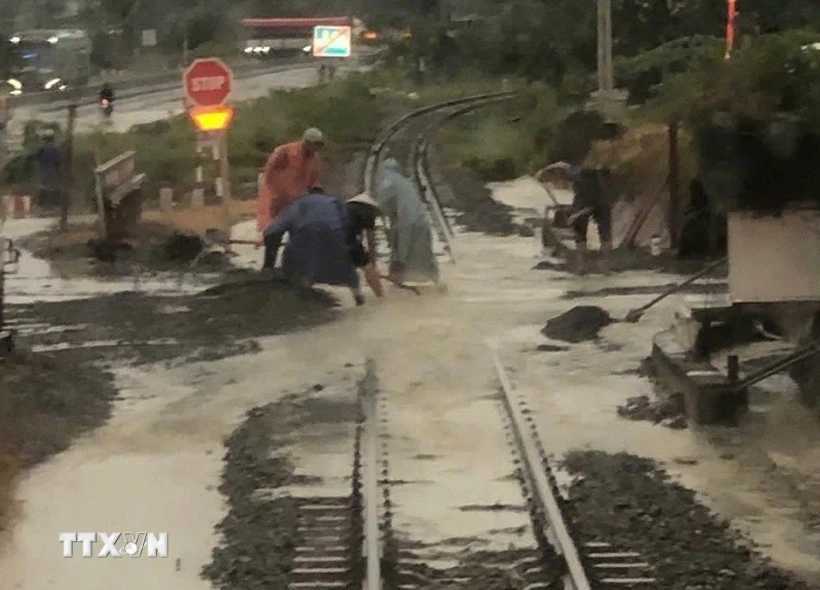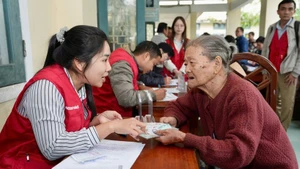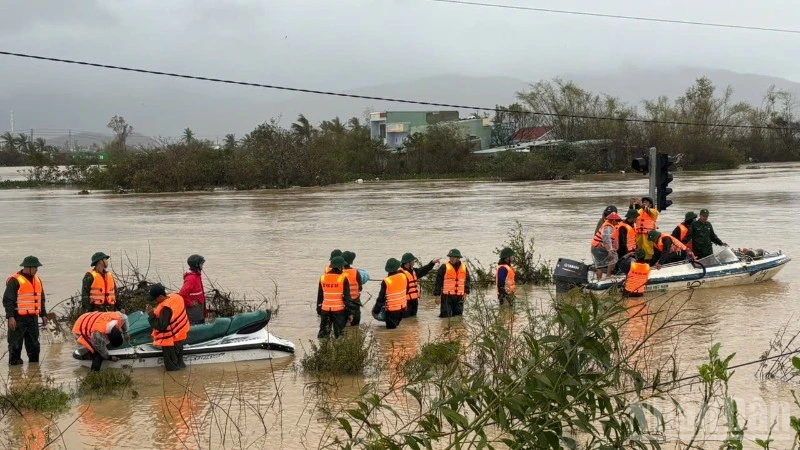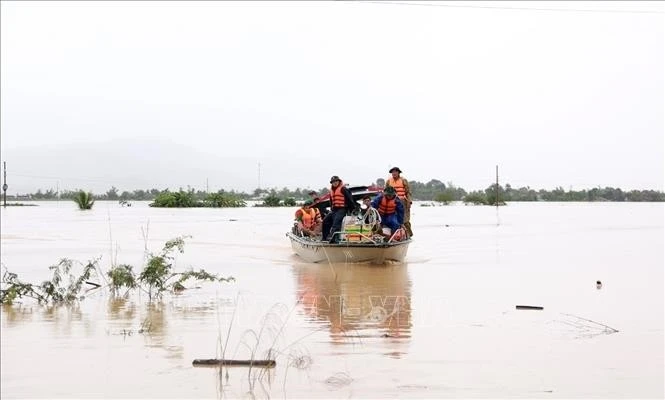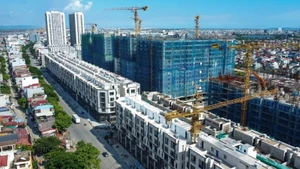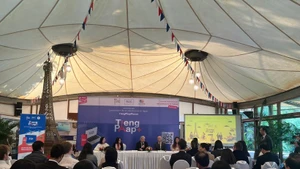The initiative was announced during the state visit of Vietnamese President Luong Cuong to Laos in April this year, as a gift from the Party, State, and people of Viet Nam to their Lao counterparts.
Speaking at the event, Vietnamese Ambassador to Laos, Nguyen Minh Tam, affirmed that the project reflects Viet Nam’s strong commitment to enhancing healthcare and social welfare for the Lao people. He emphasised that the expansion will bolster the hospital’s capacity for medical examinations and treatment, benefiting both local residents and neighbouring communities.
The improvements are expected to raise the quality of healthcare services, alleviate overcrowding in existing facilities, foster a better working environment for medical staff, and promote patient care that meets modern standards of safety and efficiency.
Khamphane Sitthidampha, Party Secretary and Governor of Vientiane Province, hailed the project as a vivid symbol of cooperation between the two Parties and States. He acknowledged Viet Nam’s ongoing support in developing Laos’ infrastructure and improving healthcare services for its citizens.
He expressed gratitude to the Vietnamese Party, State, Government, and people for their contribution to the hospital’s expansion, and called on relevant Lao agencies to actively collaborate with all stakeholders to ensure the project is delivered on schedule.
With a total investment of 3 million USD, the project aims to upgrade and expand the existing Vang Vieng District Hospital, located in Viengkeo Village, Vang Vieng District, Vientiane Province.
Scheduled for implementation between 2025 and 2026, the project is overseen by the Vientiane Provincial Department of Health and will be designed and constructed by COECCO Laos Construction Co., Ltd.
The development includes a two-storey building with a total floor area of 3,320 square metres, comprising outpatient, emergency, obstetrics and paediatrics, and surgical departments, as well as a 43-bed inpatient ward.
Additional facilities will feature a medical gas supply unit, power generator, and wastewater treatment station, alongside supporting infrastructure such as 2,439 square metres of internal roads and yards, power and water systems, and state-of-the-art medical equipment.
